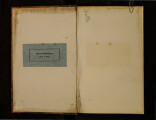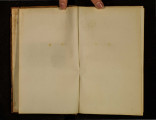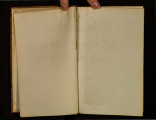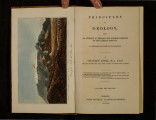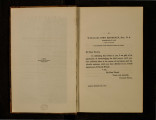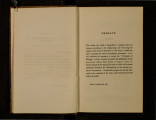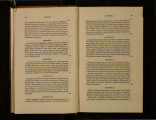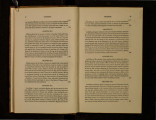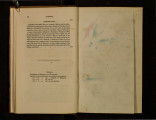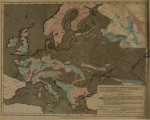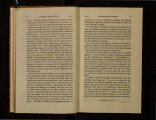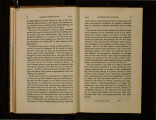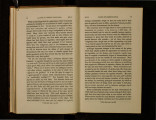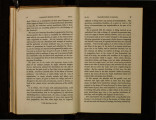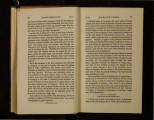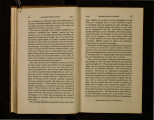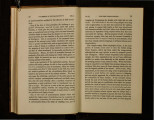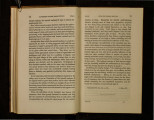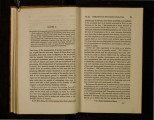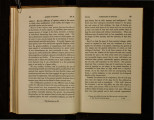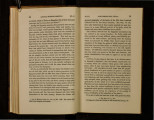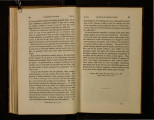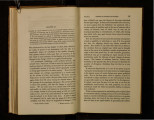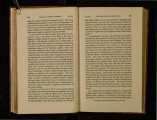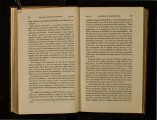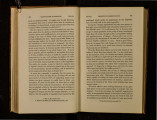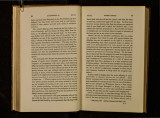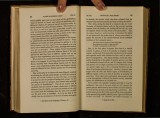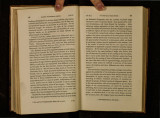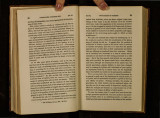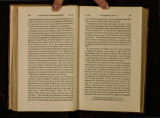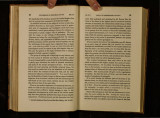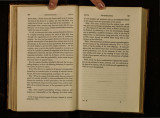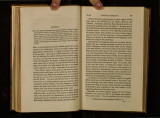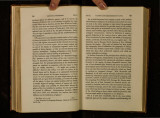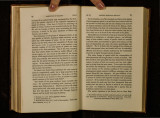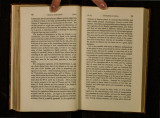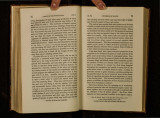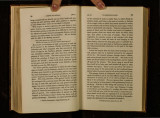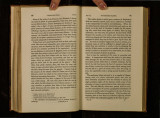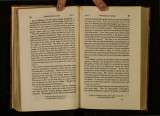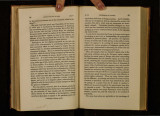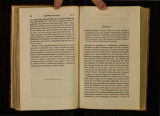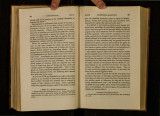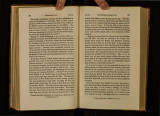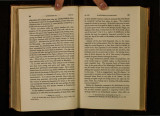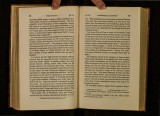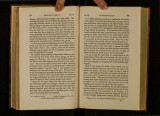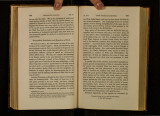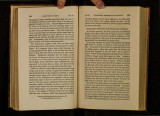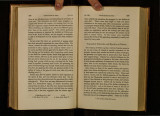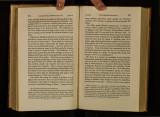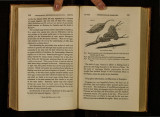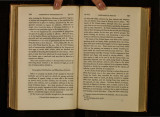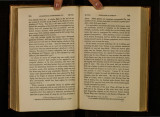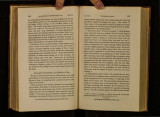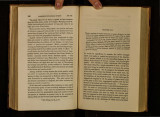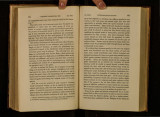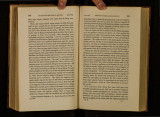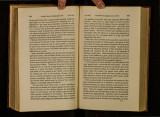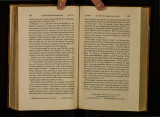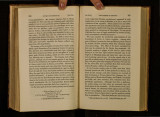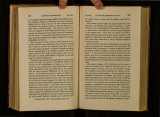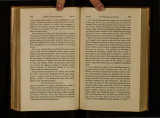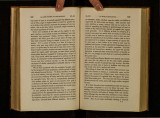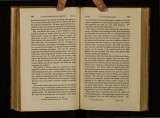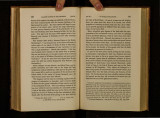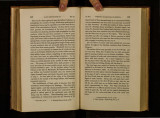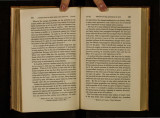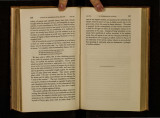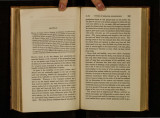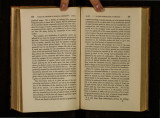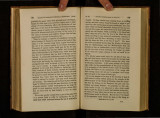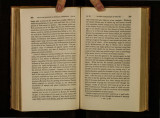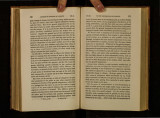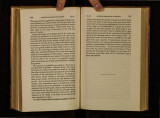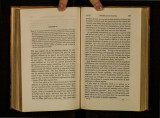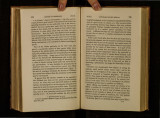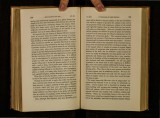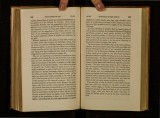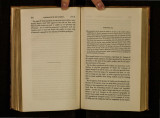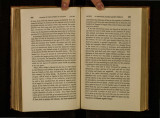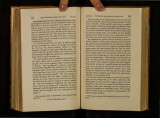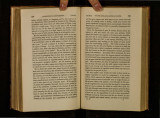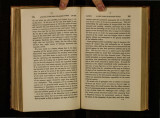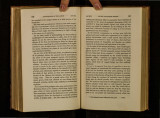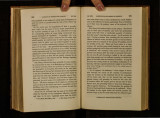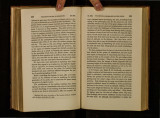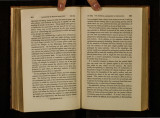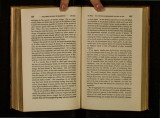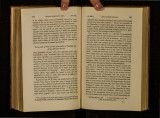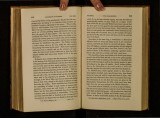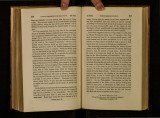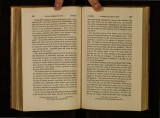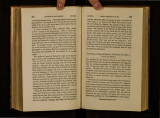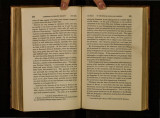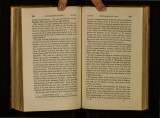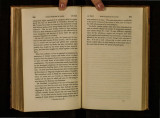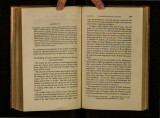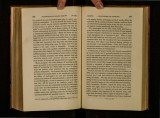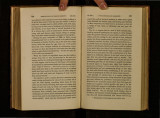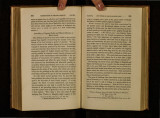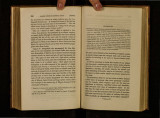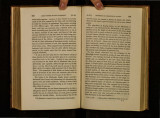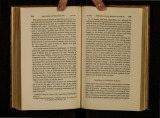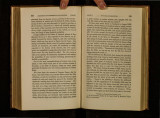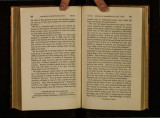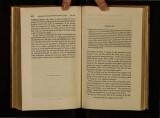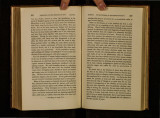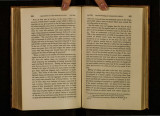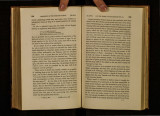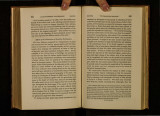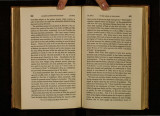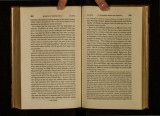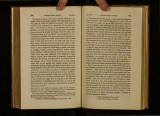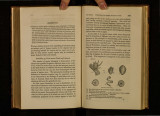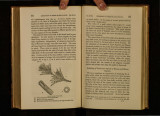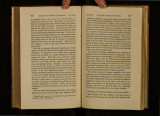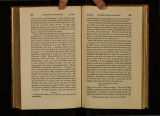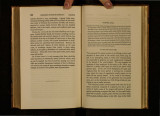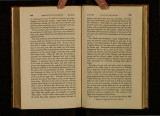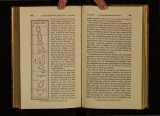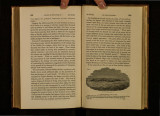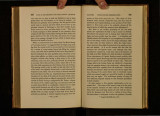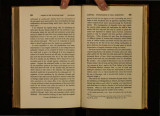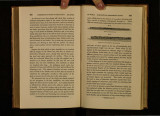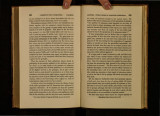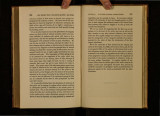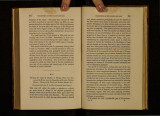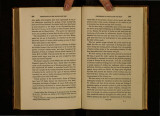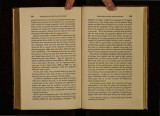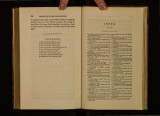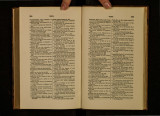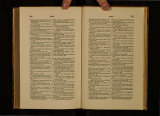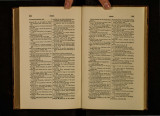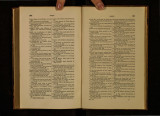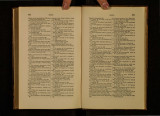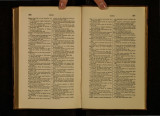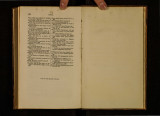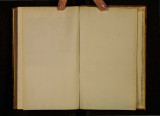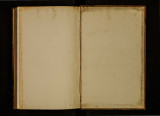| OCR Text |
Show IMBEDDING OF WORn:s OF ART [Ch.XVI. probably lose, in the course of ages, the forms artificially imparted to them ; but under many circumstances t~1ese ma~ be preserved for indefinite periods. The cannon mclosed m a calcareous rock, drawn up from the delta of the Rhone, which is now in the museum at l\1ontpellier, might probably have endured as Ion()' as the calcareous matrix; but even if the mc-o d. tallic matter had been removed and had entere mto new com-binations, still a mould of its original shape would have been left, corresponding to those impressions of shells which we sec in rocks, from which all the carbonate of lime has been subtracted. About the year 1776, says l\1r. King, some fishermen sweeping for anchors in the Gull stream, (a part of the sea near the Downs,) drew up a very curious old swivel gun, ncar eio·ht feet in length. The barrel, which was about five feet lo~g, was of brass ; but the handle by which it was traversed, was about three feet in length, and the swivel and pivot on which it turned were of iron. Around these latter were formed incrustations of sand converted into a kind of stone, of an exceeding strong texture and firmness; whereas round the barrel of the gun, except where it was near adjoin· ing to the iron, there was no such incrustation, the greater part of it being clean and in good condition, just as if it had still continued in use. In the incrusting stone, adhering to it on the outside, were a number of shells and corallincs, "just as they are often found in a fossil state." These were all so strongly attached, that it required as much force to separate them from the matrix, (' as to break a fragment off any hard rock if..:." In the year 1745, continues the same writer, the Fox manof- war was stranded on the coast of East Lothian and went to pieces. About thirty-three years afterwards a violent storm laid bare a part of the wreck, and threw up near the place several masses " consisting of iron, ropes and balls," covered over with ochreous sand concreted and hardened into a kind of stone. The substance of the rope was very little altered. * Phil. Trans., 1779, Ch. XVI.] IN SUBAQUEOUS STRATA .. ~6S The consolidated sand retained perfect impressions of parts of an iron ring, "just in the same manner as impressions of extraneous fossil bodies are found in various kinds of strata*." After a storm in the year 18~4, which occasioned a considerable shifting of the sands near St. Andrew's, in Scotland, a gun barrel of ancient construction was found, which is conjectured to have belonged to one of the wrecked vessels of the Spanish armada. It is now in the museum of the Antiquarian Society of Scotland, and is encrusted over by a thin coating of sand, the grains of which are cemented by brown ferruginous matter. Attached to this coating are fragments of various shells, as of the common cardium, mya, &c. Many other examples are recorded of iron instruments taken up from the bed of the sea near the British coasts, incased by a thick coating of conglomerate, consisting of pebbles and sand, cemented by oxide of iron. Dr. Davy describes in the Philosophical Transactions t, a bronze helmet of the antique Grecian form, taken up in 18~5, from a shallow part of the sea, between the citadel of Corfu and the village of Castrades. Both the interior and exterior of the helmet were partially encrusted with shells, and a deposit of carbonate of lime. The surface generally, both under the incrustation and where freed from it, was of a variegated colour, mottled with spots of green, dirty white, and red. On minute inspection with a lens, the green and red patches proved to consist of cryatals of the red oxide and carbonate of copper, and the dirty white chiefly of oxide of tin. The mineralizing process, says Dr. Davy, which has produced these new combinations, has in general penetrated very little into the substance of the helmet. The incrustation and l'ust removed, the metal is found bright beneath, in some places considerably corroded, in others very slightly. It proves on analysis to be copper alloyed with 18.5 per cent. of tin. Its colour is that of our common brass, and it possesses a considerable degree of flexibility :- * Phil, Trans., vol.l.xix., 1779. t 1826, :pnrt ii. :p. 55. |



